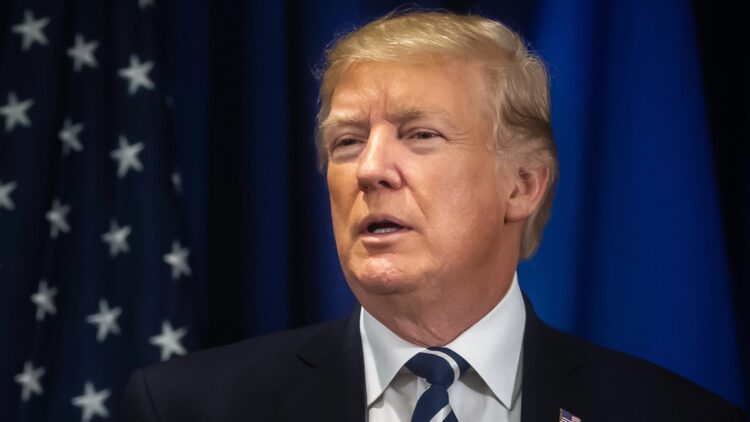After weeks of trade disagreements, the United States and Japan signed a new agreement on Tuesday aimed at securing the supply of rare earths, minerals essential for the manufacture of electronics, electric vehicles, and military equipment, whose global production and exploitation is dominated by China. This decision comes just days before the highly anticipated meeting between Donald Trump and Xi Jinping in Seoul and represents a clear attempt to reduce global dependence on China, which controls over 90% of the world’s processing of these materials.
Trump and Takaichi sign a rare earth deal to reduce dependence on China
The agreement was signed at a ceremony at Akasaka Palace in Tokyo, where President Donald Trump met with Japanese Prime Minister Sanae Takaichi. The moment was celebrated in person by advisers of both leaders, and was even described as a “new golden age” for the important alliance between Washington and Tokyo.
The document formalizing the agreement establishes a foundation for the development of reliable and diversified supply chains of critical minerals and rare earth elements. Although neither side directly mentions China, the mutual support clearly demonstrates the objective of both countries to reduce Chinese dominance over materials fundamental to these industries, which are strategic and essential for both nations.
According to the White House, the agreement foresees the use of economic tools and joint investments to encourage the emergence of diversified and fair markets. It also includes financial support for projects to be selected within six months and a shared inventory plan between the US and Japan. Furthermore, the two countries intend to involve international partners, possibly South Korea, Australia, and Canada, to ensure greater stability in this global supply chain.
Japan expands investments in the US and seeks new sources of energy and minerals
Beyond the rare earths issue, the partnership also extends to an even broader energy context. Japan has committed to investing approximately US$550 billion in the American economy, a value that includes energy investments, liquefied natural gas (LNG), and export infrastructure — some of the sectors the United States has been trying to strengthen following sanctions imposed on Russia.
Combining Russian energy restrictions with US pressure on allies to suspend imports from Moscow, Tokyo has been diversifying its suppliers. The Asian country has been expanding long-term contracts with American companies, such as the agreement with JERA, Japan’s main LNG buyer, to import up to 5.5 million tons annually starting in 2030.
Japan seeks a balance between energy security and geopolitical alignment with Washington
Japan’s quest for more stable and affordable energy aims primarily to replace Russian gas from the Sakhalin-2 project, which accounts for 9% of national consumption, in a way that does not raise costs for consumers. The issue is not limited to stopping purchases from Russia, but also to ensuring that American gas remains competitive, according to Nobuo Tanaka, chief executive with Tanaka Global.
“Can the US provide Japan with LNG as cheap as what currently comes from Russia? Can gas from Alaska be that affordable?” asked the chied executive.
US-Japan alliance gains new momentum ahead of Trump-Xi meeting in Seoul
The agreement between Trump and Takaichi came at a perfect time, on the eve of the meeting between the American president and Chinese leader Xi Jinping, where measures to avoid new tariffs and possible restrictions on Chinese exports of rare earth minerals are expected to be discussed.
Whatever the outcome of the meeting between Trump and Xi, the agreement reached with Japan to join efforts on securing technological supplies guarantees a less vulnerable position for the US president in the face of Chinese impositions for the exploration, production, and use of rare earth elements for the technology market, which is increasingly demanding resources on a global scale.


